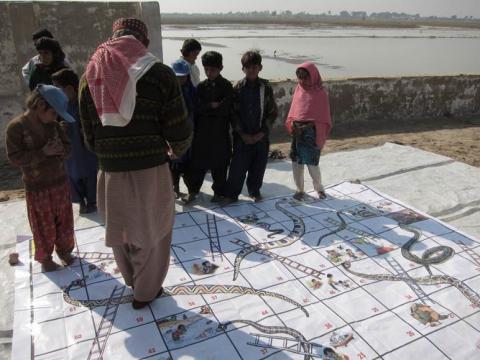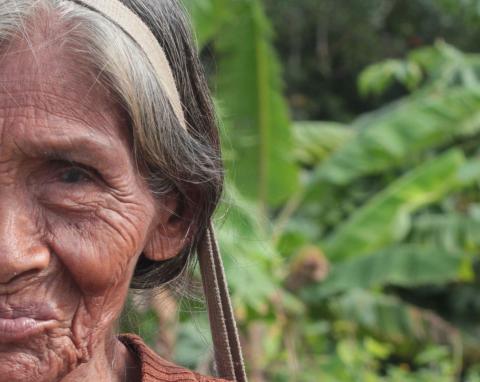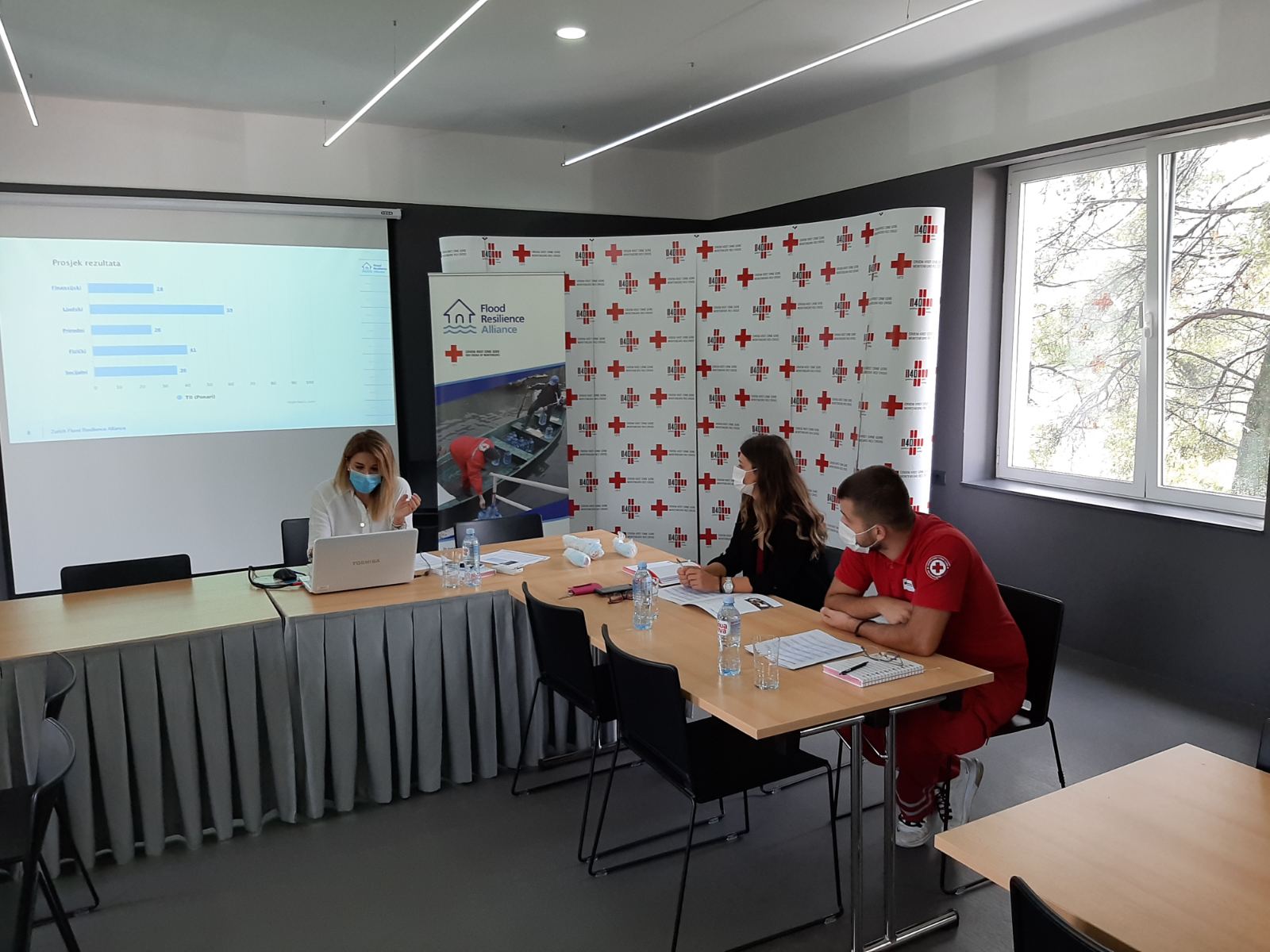Serious Games: Role-Playing for Real

“In the absence of the play-spirit, civilization is impossible.” Johan Huizinga, Homo Ludens, 1938.
Game play can be deadly earnest.
Nations stake their honour on a leather ball, soldiers march on parade, and the people of at-risk communities act out their own survival.
The Red Cross and Red Crescent Climate Centre designs and uses games to educate, assess and prepare individuals. The games are often vast and noisy affairs, with community members each assuming roles and responsibilities. They dive into and navigate scenarios that cover topics from flooding to mosquitoes, disaster predictions and early warning communications.
In a Skype interview, Carina Bachofen, senior policy officer at the Climate Centre, explains the process involved when developing disaster resilience games.
What goes into a disaster resilience game?
Carina points out that disaster resilience games are a collaboration between game designers and resilience experts, resulting in a robustness of gameplay, and technical accuracy. As well, input from partners from around the world make sure the mechanics reflect the specific local realities.
What do disaster resilience games do?
Games are usually tools for complementing ongoing processes. Games also provide a fun, active dynamic where everybody’s brains are switched on. Peer to peer learning is empowering for everyone.
What do we get out of disaster resilience games?
Games are as good as the discussion they provoke, and that discussion might form part of future decision-making processes, where time is short and information is limited.
Disaster resilience games are a collaboration between game designers and resilience experts, resulting in robust gameplay and technical accuracy. In addition, input from partners from around the world makes sure that the mechanics reflect the specific local realities.
This story is part of the Disaster Resilience Journal. The Disaster Resilience Journal is an interactive documentary that examines how individuals, communities and countries around the world are building resilience in a landscape of climate change, and social, economic and cultural shifts. Discover the set of 42 stories, games, maps, interviews and quizzes that make up the Disaster Resilience Journal at: http://www.disaster-resilience.com/
Based on the disaster resilience games used by the Red Cross in the field, the “Paying for Resilience” micro-game on Day 39 asks you to decide how much you want to invest in disaster risk reduction and resilience measures based on the probability of different natural hazards. See whether you make the right choices and prevent hazards from becoming disasters.




